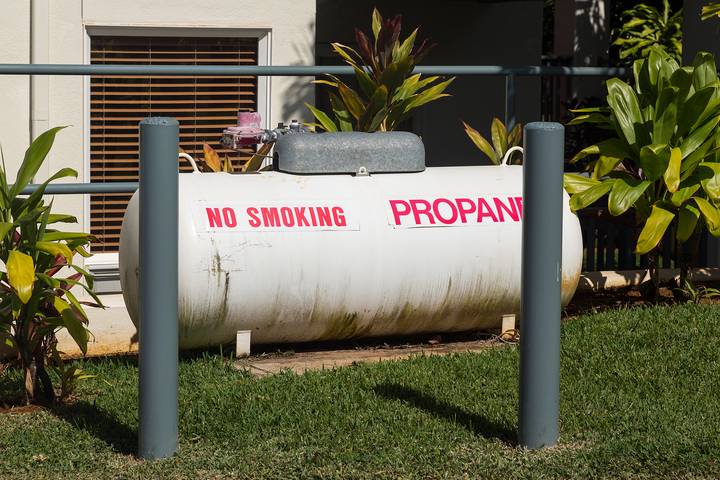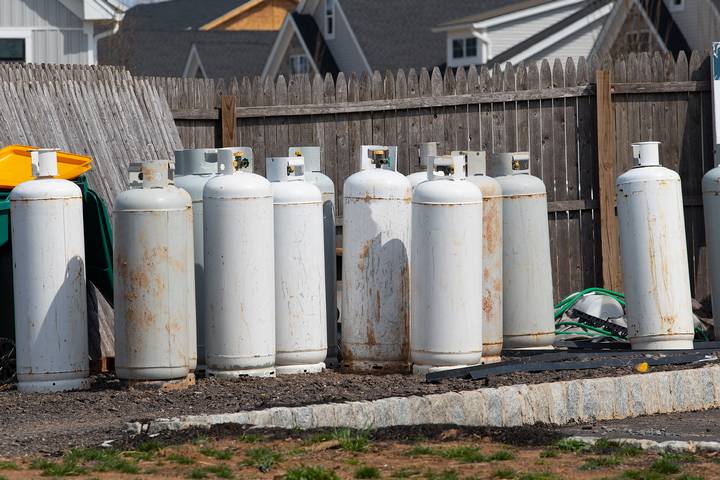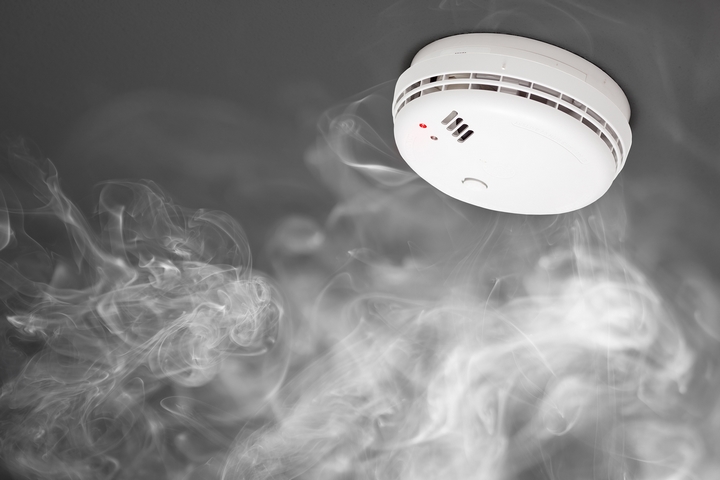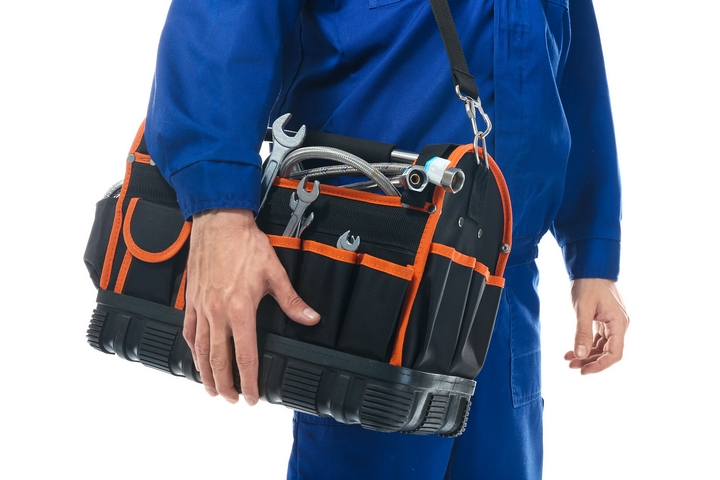When chilly weather arrives, indoor propane heaters can be a cozy solution to stay warm. However, it’s crucial to use them safely to prevent accidents. Following indoor propane heater safety tips will give you a comfortable home while prioritizing your family’s well-being. Remember, safety should always be your top priority when using any heating appliance indoors. Stay warm and safe!
Propane heating is one of the best ways to warm up your property as the cold seasons and temperatures approach. Here are essential safety tips to remember while using indoor propane heaters.
Certified propane heaters
You should always choose heaters certified by recognized safety organizations. Certification ensures adherence to rigorous safety standards, preventing potential hazards like gas leaks and carbon monoxide emissions.
These heaters are crafted with advanced technology, promoting efficient heat distribution and optimal fuel consumption, leading to cost savings. A certified indoor propane heater grants peace of mind and aligns with environmental considerations due to its clean combustion.
Approved propane fuel

A propane company supplies approved fuels, which are formulated to meet specific combustion requirements. That minimizes malfunction risk and ensures consistent heat output. Unapproved fuels can lead to incomplete combustion, releasing harmful gases like carbon monoxide into your home. Approved fuels are also less likely to cause clogs or damage to heater components, extending its lifespan.
By following several guidelines, consumers can ensure they purchase and use approved fuels. Begin by referring to your heater’s user manual, which identifies the fuel types endorsed by the manufacturer. Next, inspect the certification labels on fuel containers, which display relevant regulatory approvals. Finally, seek advice from your propane supplier. They can offer valuable insights into approved fuels that suit your equipment perfectly.
Ventilation & combustibles

Operating the heater in a well-ventilated space is always wise since propane heaters emit carbon monoxide (CO), a colourless and odourless gas. Ensuring fresh air circulation counteracts CO build-up. Furthermore, proper ventilation improves the heater’s efficiency, preventing condensation and moisture build-up. This safeguards against mould growth and potential structural harm.
Keeping combustibles safe with an indoor propane heater prevents potential fire hazards. Propane heaters emit heat that ignites nearby flammable materials such as paper, fabrics, or chemicals. Maintaining a clear space around the heater minimizes the risk of accidental fires and ensures proper air circulation for safe operation. Creating a buffer zone reduces the likelihood of ignition and flames significantly, safeguarding your home and family.
Place & storage
Before using your indoor propane heater, thoroughly read the manufacturer’s manual. This indispensable handbook provides instructions on proper setup, usage, maintenance, and troubleshooting.
Position the heater on a stable, flat surface, adhering to manufacturer recommendations to prevent tipping. Maintain adequate clearance from combustible materials, ensuring at least three feet of space around all sides. Place the heater away from foot traffic, doorways, and drafts to avoid heat loss. If you can position the heater close to a wall outlet, this will minimize tripping hazards.
Clean the unit before storage to remove any dust or dirt, and store the heater in a dry place, protecting it from moisture or extreme temperatures. Cover it to prevent dust accumulation but ensure ventilation to avoid condensation. Keep the heater away from flammable materials and ignition sources.
Carbon monoxide & propane detectors

Carbon monoxide detectors are necessary when operating an indoor propane heater or any other fuel-burning appliance, as they provide a vital layer of safety. Propane heaters emit this colourless, odourless gas during combustion, posing a health risk. Carbon monoxide alarms alert occupants to dangerous levels.
Early detection ensures swift action, allowing users to ventilate the area and address any malfunction. Installing detectors near the heater and in sleeping areas guarantees round-the-clock monitoring. Test the detectors regularly and replace batteries as needed.
Similarly, propane detectors enable early alertness and prompt response. To ensure thorough protection, position propane detectors in spaces close to the heater and near sleeping quarters. Doing so will offer constant surveillance. Remember to examine these detectors and swap batteries when required, ensuring they perform efficiently.
Inspections & maintenance

Regularly inspect the propane tank, hose, and connections for any signs of leakage, like hissing sounds or a pungent odour. If you suspect a leak, immediately turn off the heater and propane supply. Wait to use the heater until the issue is resolved.
Remember to schedule routine maintenance for your indoor propane heater. A technician can check for problems, clean components, and ensure you can operate it safely. Neglecting maintenance could reduce efficiency, increase operational costs, or result in serious malfunctions.
Other propane heater safety tips
Avoid modifying or tampering with heater components. Propane heaters are intricate systems engineered to specific functions and standards. DIY alterations can disrupt combustion, ventilation, or structural integrity, leading to hazardous gas leaks, incomplete combustion, or fires. Manufacturers design heaters with meticulous expertise, so modifications may void warranties and increase liability.
Finally, always turn off the indoor propane heater when you leave the room or sleep. It prevents unnecessary fuel consumption and reduces accident risk.
